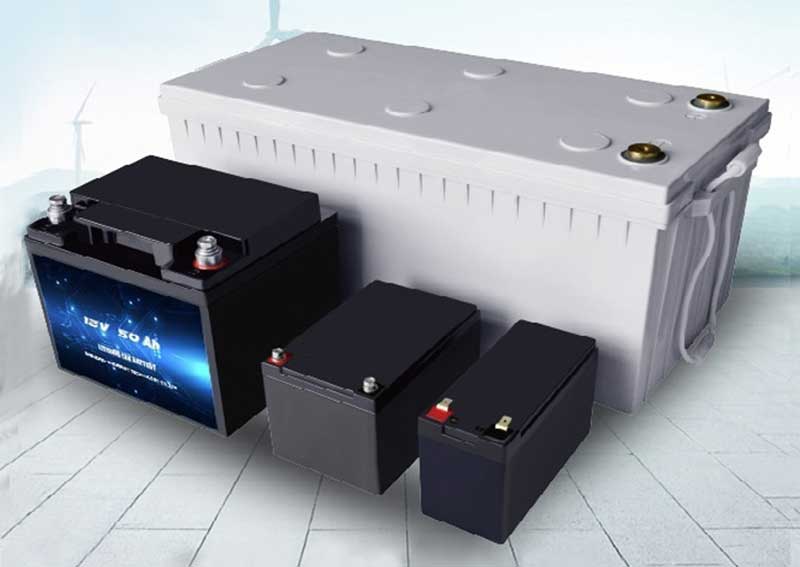What’s Deep Cycle LiFePO4 Battery
What is the deep cycle battery?
A deep-cycle battery is a battery that is designed to be able to store a large quantity of energy while having the ability to discharge from 100% down to 0% without hurting the battery. A deep-cycle battery also ensures that a steady amount of power is being delivered to applications over a long period of time without interruption or failure. It is constructed with thicker plates and a denser active material ratio. Due to these features, a deep-cycle battery achieves greater cycling capacities.

What is DOD (Depth of Discharge)?
The Depth of Discharge (DOD) of a battery represents the percentage of the battery that has been discharged relative to the overall capacity of the battery. For example, if a battery has a nominal capacity of 100kWh and discharges 30kW, the Depth of Discharge comes out to be 30%.
Its DOD is (30x 1) / 100 = 30%.
The more often a battery is charged and discharged, the shorter the battery life will become. It is generally not recommended to completely discharge a battery as it will greatly reduce the battery life. Many battery manufacturers specify the recommended maximum DOD in order to maximize the battery performance.
If a manufacturer of a 10 kWh battery recommends a maximum DOD of 80%, the battery should not use more than 8 kWh without charging. The DOD is an important factor to consider because a higher DOD means that more of the energy in a battery can be used. The DOD of many modern lithium-ion batteries is 100%.
A battery’s “cycle life,” the number of charge/discharge cycles in its life, depends on how much battery capacity is typically use. Rather than completely draining a battery to its maximum DOD, a user will be able to attain more cycles in their battery regularly discharging it with a lower percentage of charge.
For example, a battery may have 15,000 cycles at a DoD of 10%, but only have 3,000 cycles at a DoD of 80%.
What applications need deep-cycle batteries?
- Floor Machines
- Electric vehicles
- Materials handling
- Renewable energy
- Aerial work platforms
- Commercial transit
- RV and Marine
- HME Mobility Telecom UPS
- Security Electronics
All of these applications require high energy retention, deep-cycle discharge, a large number of cycle lives, and a stable discharge performance.
Why choose LiFePO4 deep cycle batteries?
Another way to think of the DOD is the extent to which discharge begins to stop during use. 100% DOD refers to discharge at full capacity. The life of a lead-acid battery is greatly affected by the DOD. A lead-acid battery is likely to fail quickly on a user as it normally only allows 50 to 80% DOD.
In contrast, A LiFePO4 (Lithium Iron Phosphate) battery, which is newer technology, has a deep-cycle discharge, so it can reach 2000 cycles with 100% DOD. Lithium batteries can also be discharged at a specific C-rating. With a working temperature of 25° C and a discharge rate of 0.5C, a LiFePO4 battery can reach 4000 to 6000 cycles.
Compared to lead-acid batteries, the advantages of deep-cycle lifepo4 batteries are the following:
- Eco-friendly
- Good high-temperature resistance
- Good safety characteristics
- No memory effect
- Higher-capacity compare with same size lead-acid battery
- Longer cycle life than other lithium-ion batteries
- Ideal drop-in replacement for lead-acid batteries
- Lower total cost of average use


